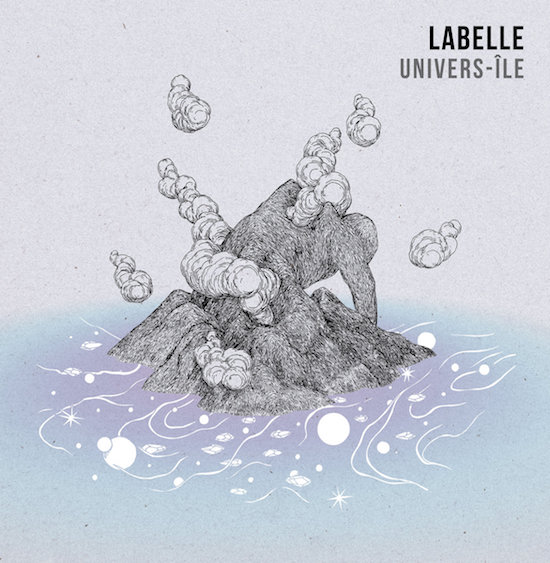Born and raised in the French colony of Réunion Island, musician and composer Jérémy Labelle finds his identity in the muddied confluence of place, culture, and race, perhaps more so than most. He writes his music as an authoring and exploration of the self – a self informed by his nation’s history of invasion by Western Europe and slavery thereafter – and this year sees the release of his second album, Univers-île.
Following on from 2013’s Ensemble – a collage of largely instrumental, electronically influenced pieces made over five years – it is immediately apparent that Univers-île is a work of greater maturity and depth. Playing on the themes of universality versus individualism, as referenced in the record’s title, these 11 tracks bring together a wealth of instrumentation, compositional influences and collaborations to embody the métissage, the cultural braiding, of Labelle’s heritage.
Although seemingly disparate, the two major influences displayed in Univers-île are Detroit techno and maloyan music. Maloya is a musical genre of Réunion Island, created by the African slaves and indentured Indian workers living there in the 18th and 19th centuries. Recognisable by its heavy use of percussion and call-response structure, it is an embodiment of Réunion history, and one that was only legalised in the 1960s, owing to its ties with creole culture.
On lead single ‘Babette’, Labelle combines the rondeau-like thudding of maloya with the guttural squeaks and churns of industrial Detroit techno, creating an eerie and propulsive four minutes of listening, which lurches from building momentum to abrupt halts. The song’s title is the name of Labelle’s enslaved ancestor and it is through this meeting of electronics with the acoustic that Labelle forms his own creole, his own maloya, in the service of reinterpreting and retelling the trauma of his history.
The merging of the synthetic with the acoustic, this musique concrète, continues throughout Univers-île. Numbers like ‘Souviens Toi’ and ‘Éveil’ combine instrumentation as diverse as the sitar, tablas, and organ, with jittering drum programming, handclaps and synths to create an imaginative and at times meditative listening experience. Labelle also employs the vocals of Nathalie Natimbé on ‘Benoîte’, in homage to Réunion singer Benoîte Boulard, as well as Indian composer Prakash Sontakke and kora virtuoso Ballaké Sissoko to further emphasise the diverse collective identity of the record. This abundance of instrumentation and meandering generic influence can become jarring at times, especially in the transition from the choral atmospheres of ‘Om’ to the rumble of ‘Babette’, and then in the lassitude of closing tracks, ‘Playing At The End Of The Universe’, and ‘Grand Maître’.
Yet, none of the musical twists and turns feels derivative. Instead they evoke a depth that lends itself to repeated listening, and in the attendant juxtapositions we find a sense of true identity: messy, at times conflicting, and unique. Univers-île is no work of ethnomusicology, it is not a collection of field recordings presented to create an objective picture of a culture, it is instead one person’s interpretation, augmented by collaboration, to create a collective snapshot.


